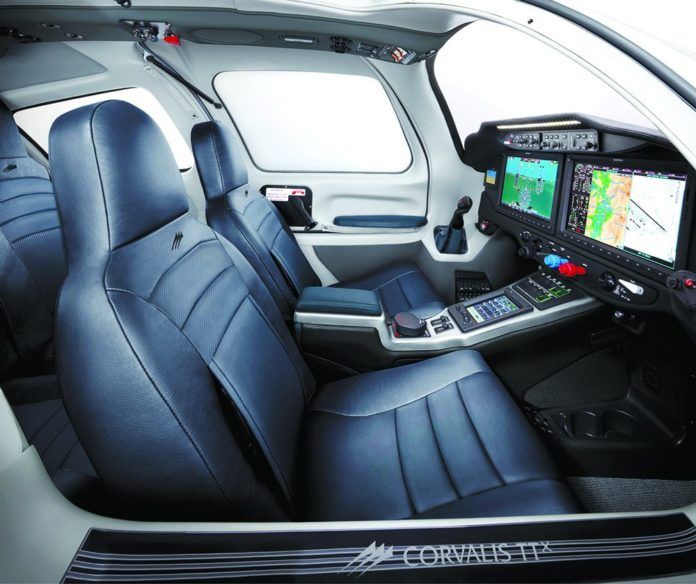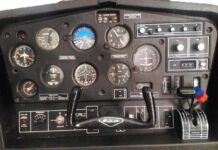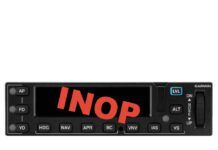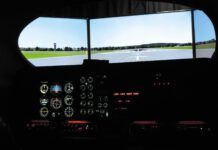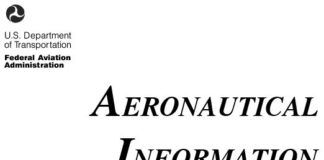The FAA often lags high-tech innovations. When the Advanced Avionics Handbook first came out, many of us were already flying glass. Yet, Technically Advanced Aircraft (TAA)—essentially, aircraft with a navigator and moving map—raise critical questions, from how we update and maintain the stuff to how we train and use it.
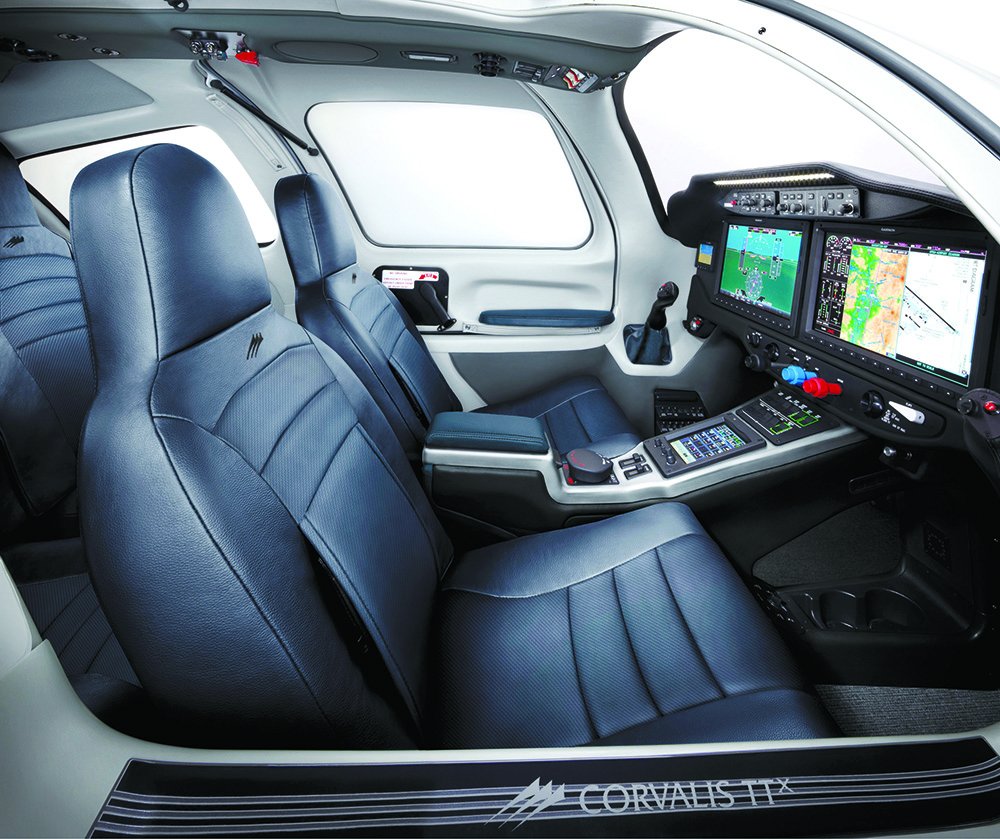
We have an appetite to incorporate the latest gadgets, and that’s changing the very DNA of the GA fleet. We’re drastically altering the operation of our aircraft. Yet, despite tedious certification processes, each device and each installation is a different animal. While the displays provide fairly intuitive and consistent information, each brand has different manuals, operating logic and configurations to get that information.
Consequently, we hear rumblings for more structured avionics training in GA TAA. This could well lead to a requirement for an endorsement on advanced avionics.
While there is some very good make/model and avionics training available, even those tailored programs aren’t keeping up with the newest variations. A 2010 NTSB study came up with a list of recommendations, including revamps of FAA training requirements. An endorsement wasn’t specifically discussed, but included were statements such as “incorporate training elements regarding electronic primary flight displays” and “revise airman knowledge tests to include questions regarding electronic flight and navigation displays.”
The FAA has tried to address this by throwing in some generic glass cockpit and GPS elements in its handbooks, ACs and tests. But they miss the real problem entirely—that each system is different. Generic signoffs just can’t get it done.
Perhaps the FAA should let us make improvements to meet our own needs. Instructors and check airmen (and insurance companies!) have always held higher training standards than government minimums. Most pilots getting into a new make/model or a new cockpit know they need training to avoid becoming an embarrassment, or worse, a statistic. Mandating additional paperwork will do little to fix the human factors that have been around since well before TAA existed. Maybe we can take the nudge from the NTSB and keep up to date with panel-specific training.
I generally applaud less regulation, not more. But it’s difficult to make the case that it’s OK to jump from a KX170-equipped Cessna 172 into one with a G1000 with absolutely no avionics training. If we can’t regulate ourselves (and we frequently can’t), rest assured the FAA will eventually do it for—or to—us.
However this plays out, simulators should play an even bigger role in our proficiency. And, those should be integrated systems simulators, not just a desktop GNS 430 app, although that’s a good start. Instead, we need to simulate our specific aircraft to see how our GNS 430 works with our new Aspen PFD and how those interoperate with our Century autopilot. That level of customization isn’t yet practical, although FlyThisSim is closest. If we mandate anything, it should be having sufficient time in an appropriate sim to learn and remain current. The more things advance, the more this will become necessary.
—Frank Bowlin

